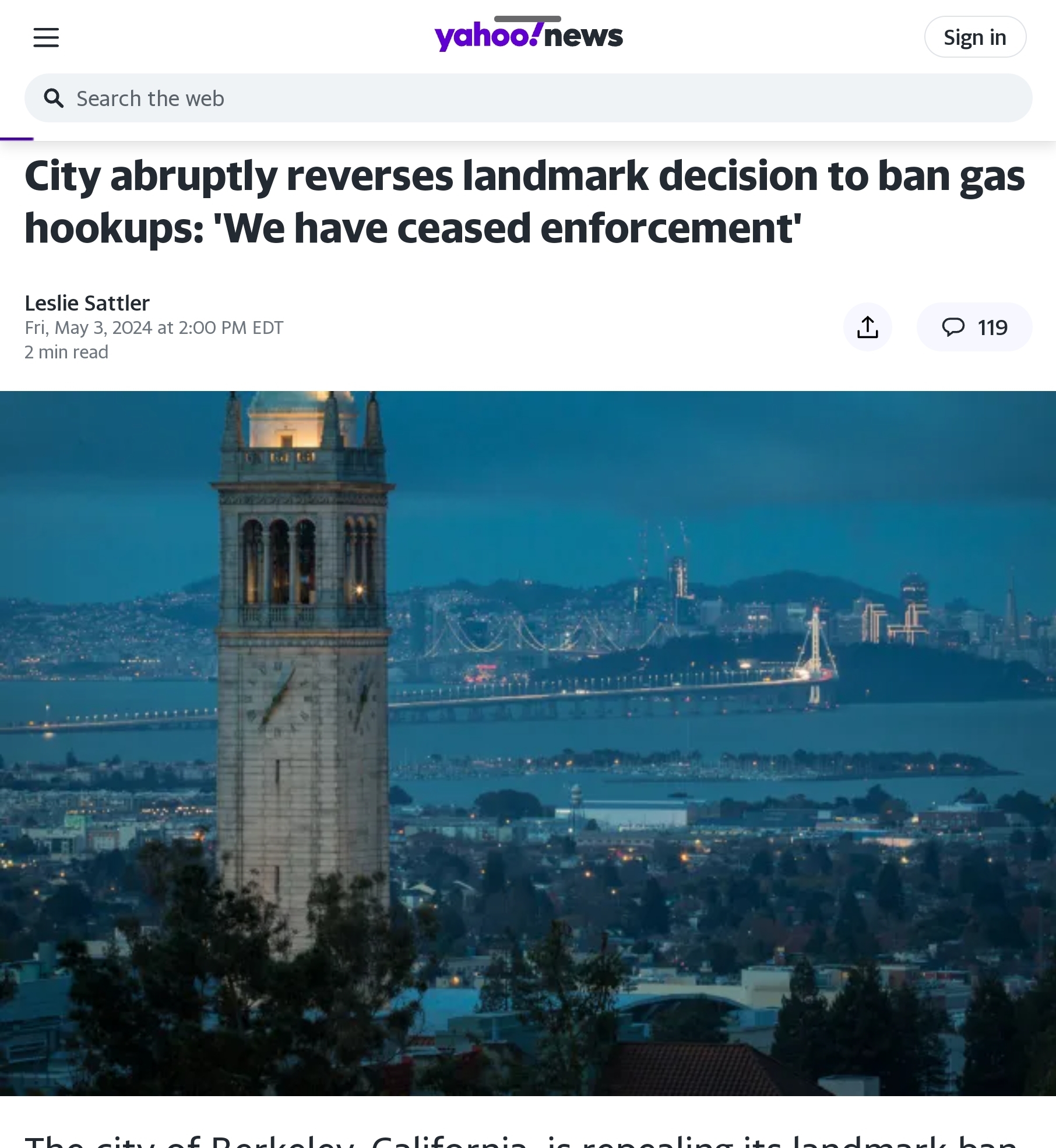By David Wojick
The folks who make their living by hyping the supposed threat of runaway global warming use a lot of scary language in the process. Here the ever creative New York Times has set what may be a new standard in scary climate change hype, by tying it to the Zika outbreak.
In our Framework Analysis of Federal Funding-induced Biases we point to the press exaggerating unproven scientific hypotheses that support government policies. Policies that depend on scaring people are especially subject to this kind of press bias. The NYT has provided a fine example of this sort of scientific distortion, one that is worth analyzing to see just how the game is played. Not surprisingly, they do this in what they call a “Science” article.
It begins with this ever so scary headline:
“In Zika Epidemic, a Warning on Climate Change”
Zika itself is pretty scary, so that sets the stage. They then combine this with “epidemic” and “a Warning on Climate Change.” So instead of unsubstantiated possibilities we now have warnings and threats. This is a rhetorical flourish that we have not seen before, especially warnings.
Note that most people will only read this headline, which contains no science whatsoever. They will be told, falsely, that the Zika outbreak is a warning of a supposed climate change threat.
Beyond the scary headline, the article itself is a study in rhetorical structure. It begins with innuendo and ends with standard speculation, but in between it manages to provide some solid science regarding several mosquito borne diseases. The latter is to the effect that these various disease outbreaks and increases are likely due to increased urbanization. You would never guess this from the headline or the first paragraph, which uses a question to make an accusation, a classic form of innuendo:




